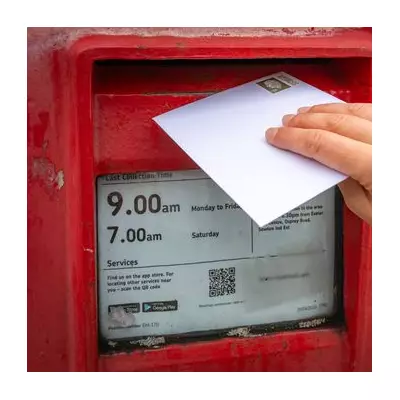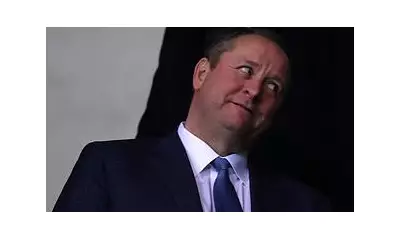
In a move that could severely strain international trade relations, former US President Donald Trump has declared his intention to slap colossal tariffs on Indian goods if he returns to the White House. The proposal, which targets tariffs as high as 50%, marks a significant escalation in his protectionist trade agenda.
A Renewed Focus on 'Unfair' Trade
Speaking at a rally, Trump took specific aim at India, accusing the nation of imposing "tremendous tariffs" on American products like motorcycles. He framed his retaliatory proposal as a necessary measure to combat what he perceives as unfair treatment of US exports, threatening a dramatic shift from the current trade landscape.
Potential Fallout for US-India Relations
This aggressive stance threatens to undo years of diplomatic efforts to strengthen ties between the world's two largest democracies. The administration of current President Joe Biden has largely avoided such confrontational rhetoric, instead focusing on building strategic partnerships. Trump's return could upend this approach, prioritising hardline economic nationalism over diplomacy.
Beyond India: A Broader Tariff Warning
The former president's warnings were not exclusive to India. He also reiterated his plans to enact universal baseline tariffs on most imported goods from all nations, a policy that would represent a fundamental rewrite of global trade rules and could provoke widespread retaliation from trading partners.
This announcement signals that a potential second Trump term would be characterised by an even more aggressive and unilateral trade policy, creating significant uncertainty for global markets and international relations.





